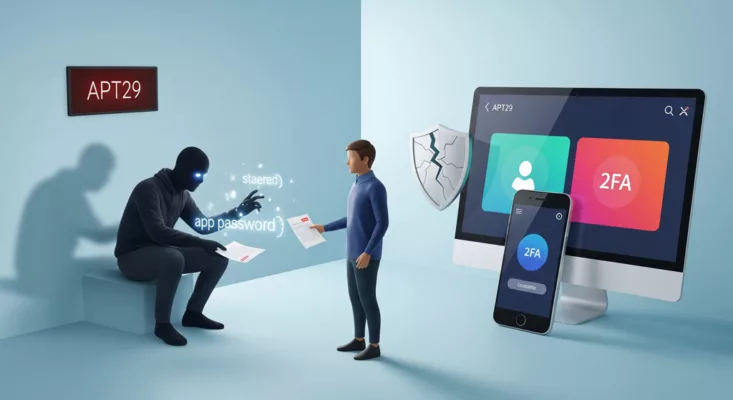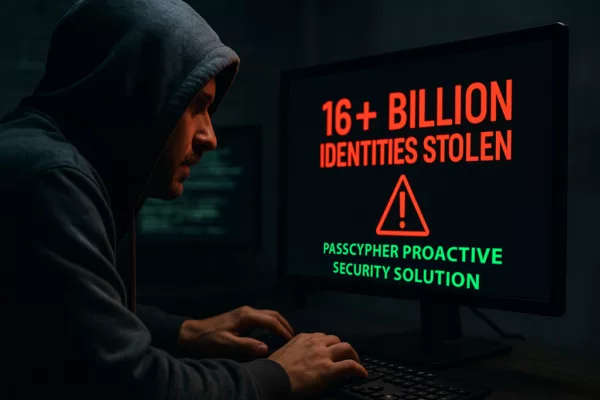Password hacking tool: how it works and how to protect yourself Password hacking is a practice that consists of finding the secret code that protects access to an account or a file. There are specialized tools to perform this operation, such as the one used by Mitnick Security Consulting. In this article, we will present […]
Stay informed!
Join our community of technology enthusiasts! Subscribe to our newsletter and receive exclusive updates on the latest news, special offers, and tips from Freemindtronic. Stay informed on the latest technology trends, discover new products, and be among the first to take advantage of them. Sign up now by entering your email address below. Don't miss any updates from Freemindtronic!






